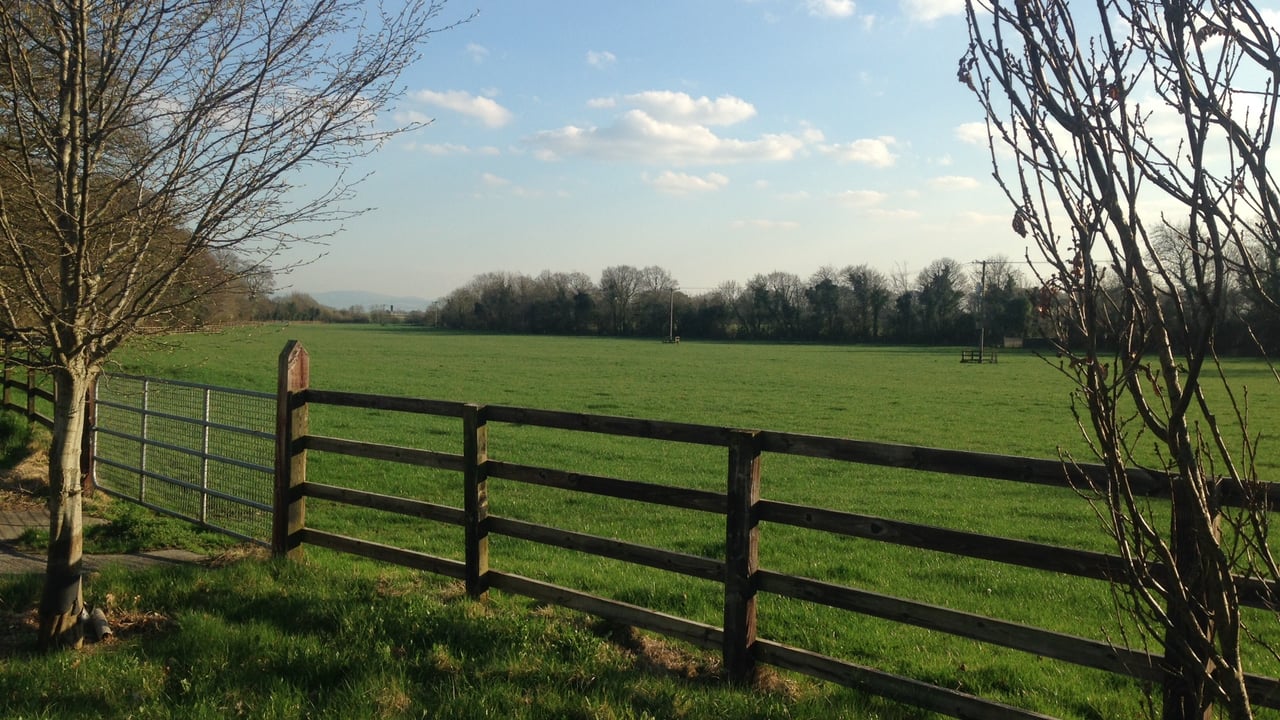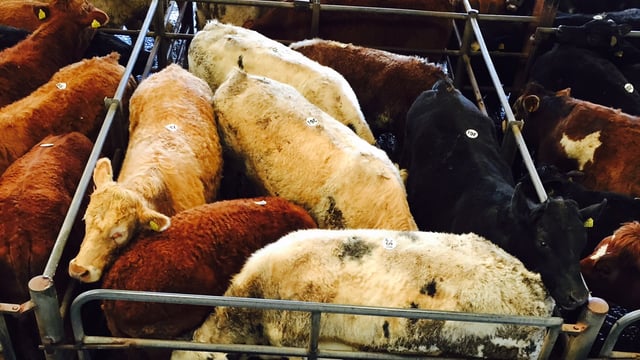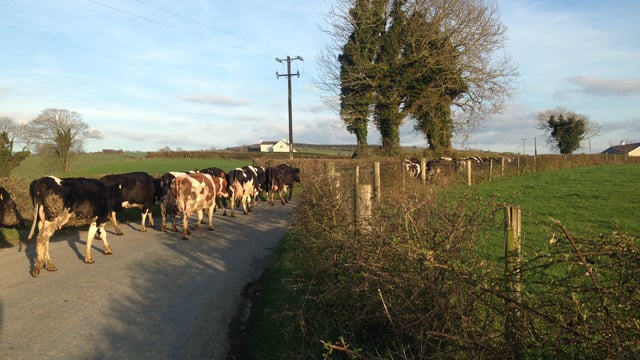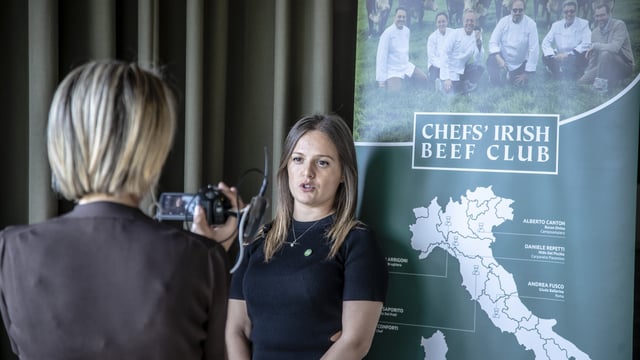What are the tax implications of leaving a farm worth €750,000?
The transfer of a family farm has a number of tax considerations, writes Brendan J. Scully.
When a farm is left to a son or daughter, the value of the farm in excess of €225,000 could be taxable at a rate of 33% presently.
For this example, we’ll look at a farm of 100 acres, and valued at €750,000. The potential tax payable would be €750,000-€225,000=€525,000 x 33% = €173,250.
This would put an onerous liability on the beneficiary, so in order to facilitate the passing on of the family farm/business, there is a relief available known as agricultural/business relief.
In order for the benefciatry to avail of agricultural relief, the test is that more than 80% of their assets, including the current benefit, must consist of agricultural property. Agricultural property consists of farmlands, woodlands, farmhouse, livestock and machinery.
If the beneficiary’s agricultural assets exceeds 80% of their total assets, then the value of the inheritance is reduced by 90%. In the above example, the farm value would be reduced to €750,000 by 10% = €75,000. Now this figure is below the €225,000 threshold, so there is no Capital Acquisitions Tax (CAT) liability.
For example, if a farmer leaves a 100 acres farm with a value of €750,000 to a son/daughter who has personal assets of more than €187,500, agricultural relief will not apply and the full CAT liability above of €173,250 is payable. If the personal assets are less than €187,500, then the relief will apply and there will be no tax payable.
A condition for the relief is that the assets must be retained by the beneficiary for six years, otherwise the relief is withdrawn. Personal assets include a dwelling house (value less any outstanding mortgage), car, cash, personal effects, etc.
Since there is no other tax considerations in the case of an inheritance, it is important to maximise the value of the property being inherited, as there is no CGT or stamp duty payable and a high value will assist in passing the agricultural relief test. Also, the beneficiary is acquiring the assets at a high value, thus minimising any future capital gains and CGT liability, if the assets are sold after the six-year period.
A transfer of the family farm is considered a disposal of assets, even though no money is changing hands. Again, there are reliefs available to mitigate any tax liability for the transferror.
The most important of these is retirement relief. A farmer who is over 55 years of age and has farmed the lands for the ten year period ending on the date of the disposal can claim relief in respect of the entire disposal proceeds/valuations where the farm is transferred within the family.
If the farmer is over 66 years of age, this threshold is reduced to €3,000,000 lifetime limit for transfers within the family.
If the farm is transferred outside of the family, the threshold is €750,000 lifetime limit or €500,000 for farmers over 66 years of age. These limits are to encourage farmers to make transfers earlier and to encourage younger persons to become engaged in farming.
Brendan J. Scully, FCCA, Farrelly & Scully, Chartered Certified Accountants, Navan.




